There’s something magical about exploring Lake Como by boat. Gliding across the shimmering waters with mountains rising dramatically on all sides offers views you simply can’t get any other way.
Taking a boat is the best method to experience Lake Como’s historic villas and charming villages in a single day. It gives you access to spots that would be difficult to reach by car or train.
I spent a day last summer hopping between places like Bellagio, Varenna, and Menaggio, with the freedom to create my schedule. The ferry system connects all the major villages, making it easy to visit Villa Balbianello with its stunning gardens, or Villa Melzi with its impressive architecture.
Each stop reveals another slice of Lake Como’s rich history and beauty.
The boat rides themselves became a highlight of my trip. Between village visits, I soaked in panoramic views while the gentle breeze carried the scent of flowers from nearby gardens.
Whether you choose the public ferry service or splurge on a private Venetian-style motorboat tour, seeing Lake Como from the water gives you a perspective that countless visitors have enjoyed for centuries.
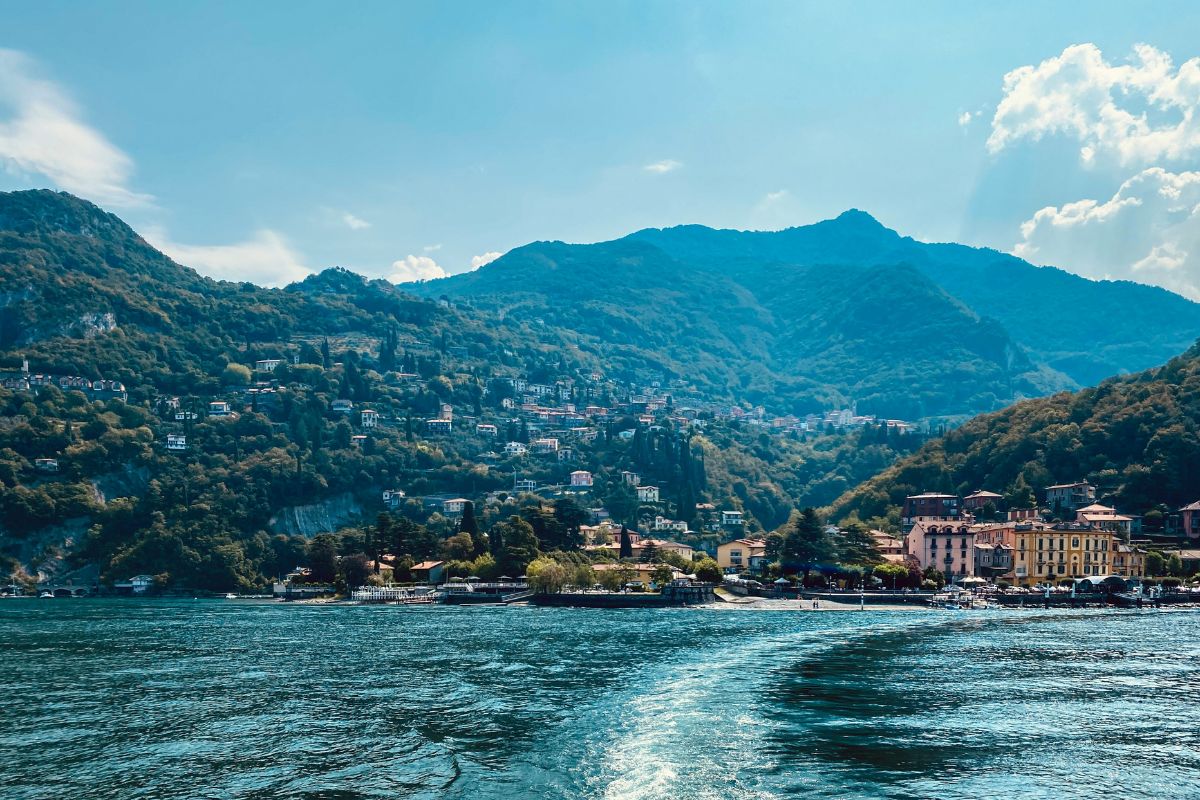
Planning Your Lake Como Boat Trip
Getting around Lake Como by boat offers the perfect mix of practicality and breathtaking views.
Careful planning makes all the difference between a smooth journey and a frustrating day of missed connections.
Choosing the Right Boat
Lake Como offers several boat options to fit different travel styles and budgets. The public ferry system (navigazione) connects most lakeside towns and operates year-round. These large vessels are perfect for day trips and offer both slow and fast services.
For a more intimate experience, I recommend hiring a private water taxi. These beautiful wooden boats let you customize your itinerary and reach hidden spots larger ferries can’t access. The drivers often share local insights you won’t find in guidebooks.
Venetian-style motorboats provide another excellent option for small groups. I found these particularly charming for villa hopping along the shoreline.
Most rental companies offer half-day or full-day packages with experienced captains who know the best photo spots and swimming areas.

Best Time to Visit Lake Como
The ideal time for Lake Como boat trips runs from April through October. Summer months (June-August) bring warm temperatures perfect for swimming, but also larger crowds and higher prices.
I’ve found that May and September offer the perfect balance – pleasant weather, fewer tourists, and regular boat service. The lake sparkles in spring when gardens burst with colorful blooms, making villa visits particularly rewarding.
Winter trips (November-March) can be beautiful but challenging. Many ferry routes operate on reduced schedules, and some services stop entirely. Weather conditions can also cause unexpected cancellations.
Consider timing your boat trip for early morning or late afternoon. The midday sun creates harsh reflections, while morning mist and evening light transform the lake into something magical.
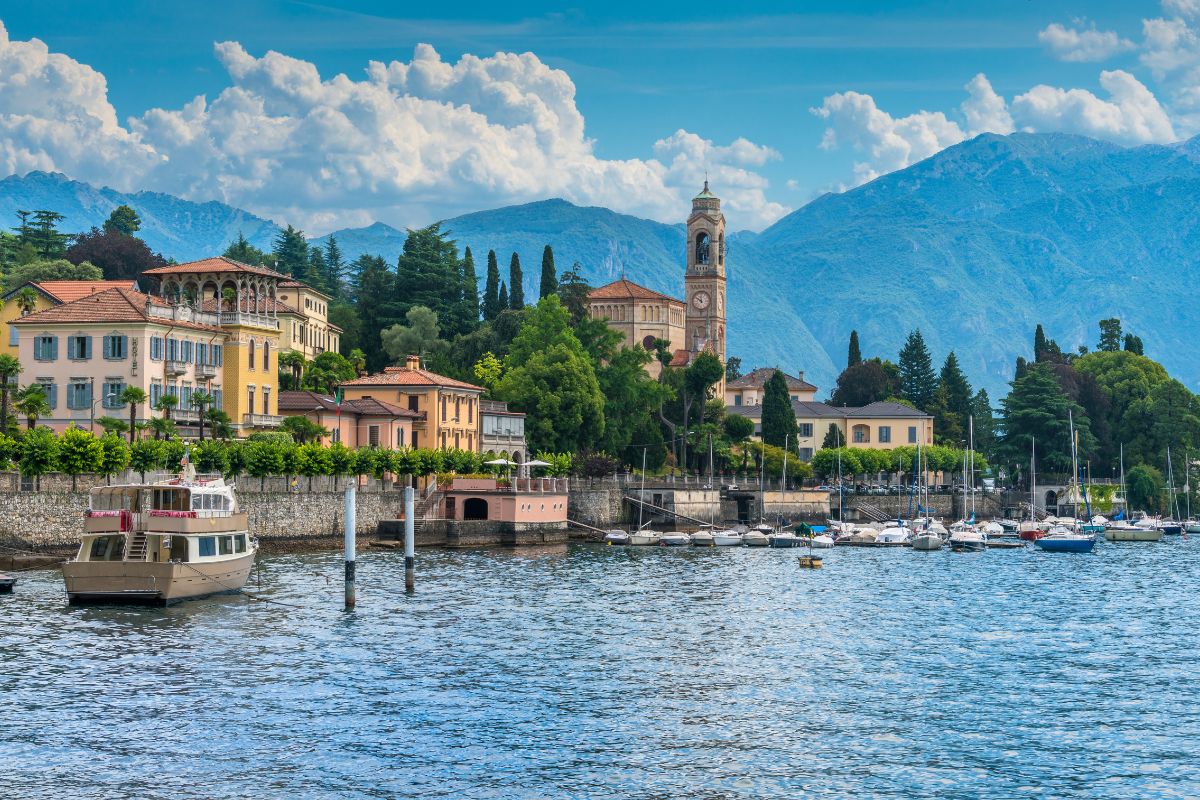
Ticket Purchase and Cost Considerations
Ferry tickets can be purchased at docks throughout Lake Como, but I recommend buying day passes for better value. A standard day pass costs about €15-25 and allows unlimited travel within specific zones.
Pricing varies based on:
- Route length (shorter hops cost around €4-8)
- Vessel type (fast services cost more than slow boats)
- Season (peak summer prices exceed shoulder season rates)
Private boat rentals typically start at €200 for two hours. This might seem expensive, but splitting costs among 6-8 passengers makes it comparable to multiple ferry tickets plus the priceless freedom to customize your itinerary.
For the best deals, book ferry tickets online in advance during the high season. Many villa entrance fees can be combined with boat tickets for savings.
I always check the official Navigazione Laghi website for current timetables before planning my Lake Como day trips.
Must-See Villas and Gardens
Lake Como’s historic villas showcase incredible architecture, art collections, and botanical gardens that have attracted visitors for centuries. Each estate offers a unique glimpse into the region’s rich cultural heritage while providing stunning views of the lake.
Villa Carlotta’s Artistic Charm
I was completely mesmerized by Villa Carlotta in Tremezzina. Built-in the late 17th century, this elegant villa houses an impressive art collection featuring works by Canova and Hayez.
The villa’s gardens truly stole my heart. Spanning over 20 acres, they burst with colorful rhododendrons and azaleas in spring.
I spent hours wandering through bamboo forests, fern valleys, and the perfectly manicured Italian garden with its geometric patterns.
Don’t miss the terraced sections that provide breathtaking lake views. The botanical variety here is remarkable, with rare and exotic plants from around the world. According to locals, Villa Carlotta remains the favorite villa on the lake for many visitors.
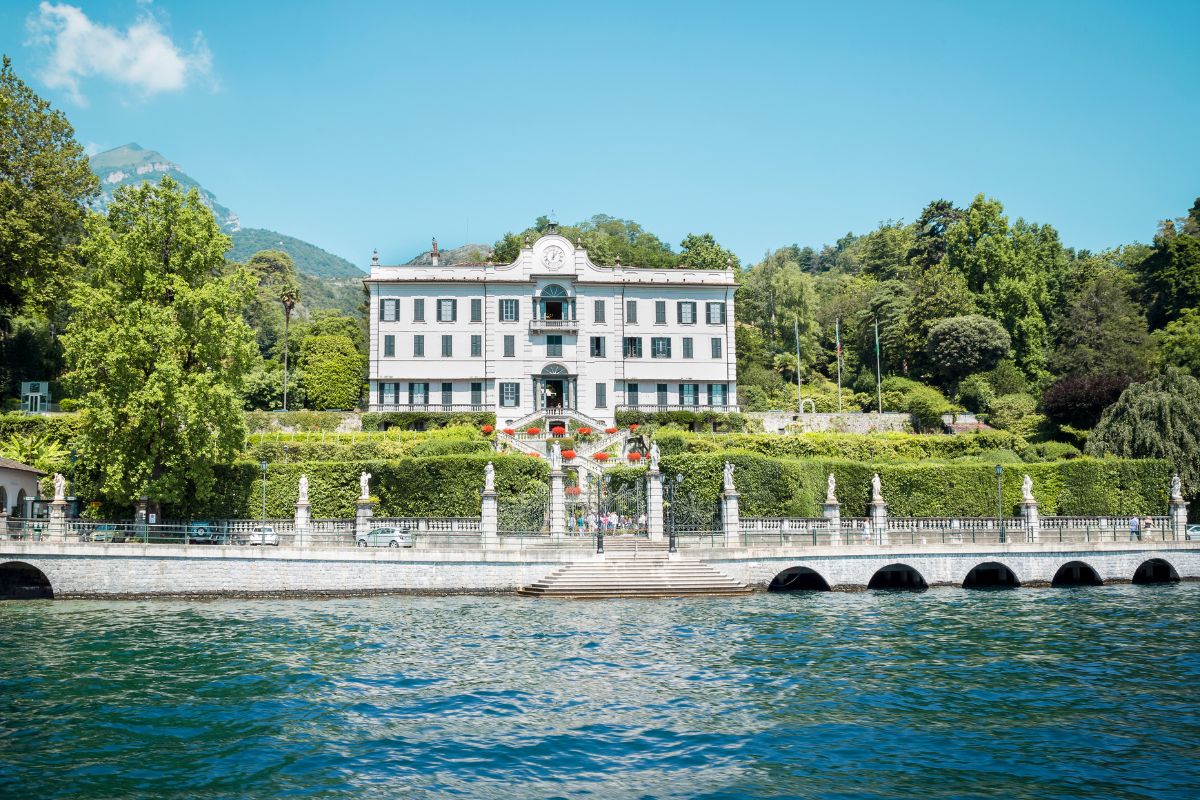
Exploring Villa Monastero’s Botanical Marvels
Villa Monastero in Varenna started as a 12th-century monastery before transforming into a noble residence. Its botanical garden stretches for nearly a mile along the lakeshore.
I found myself captivated by the Mediterranean and tropical plants thriving in this unique microclimate. Citrus trees, cypresses, and palms create a lush paradise alongside carefully placed classical statues.
The villa itself houses a museum with period furnishings that offer glimpses into aristocratic life on Lake Como.
The lakeside promenade within the gardens provides spectacular photo opportunities. Morning visits tend to be quieter, giving you space to appreciate the stunning botanical collections without crowds.

Villa Erba’s Cinematic Backdrop
Villa Erba in Cernobbio holds a special place in film history as the childhood home of director Luca Guadagnino and the filming location for several movies. Built in the late 19th century, its Neo-Renaissance architecture immediately catches the eye.
I was struck by the villa’s lavish interiors with ornate ceilings, marble floors, and antique furnishings. The English-style park surrounding the property features centuries-old trees and elegant pathways.
Villa Erba now functions as an exhibition center, hosting events throughout the year. The grounds offer wonderful lakeside views that make it clear why filmmakers find this location so appealing. During my visit, I found the combination of architectural grandeur and natural beauty enchanting.
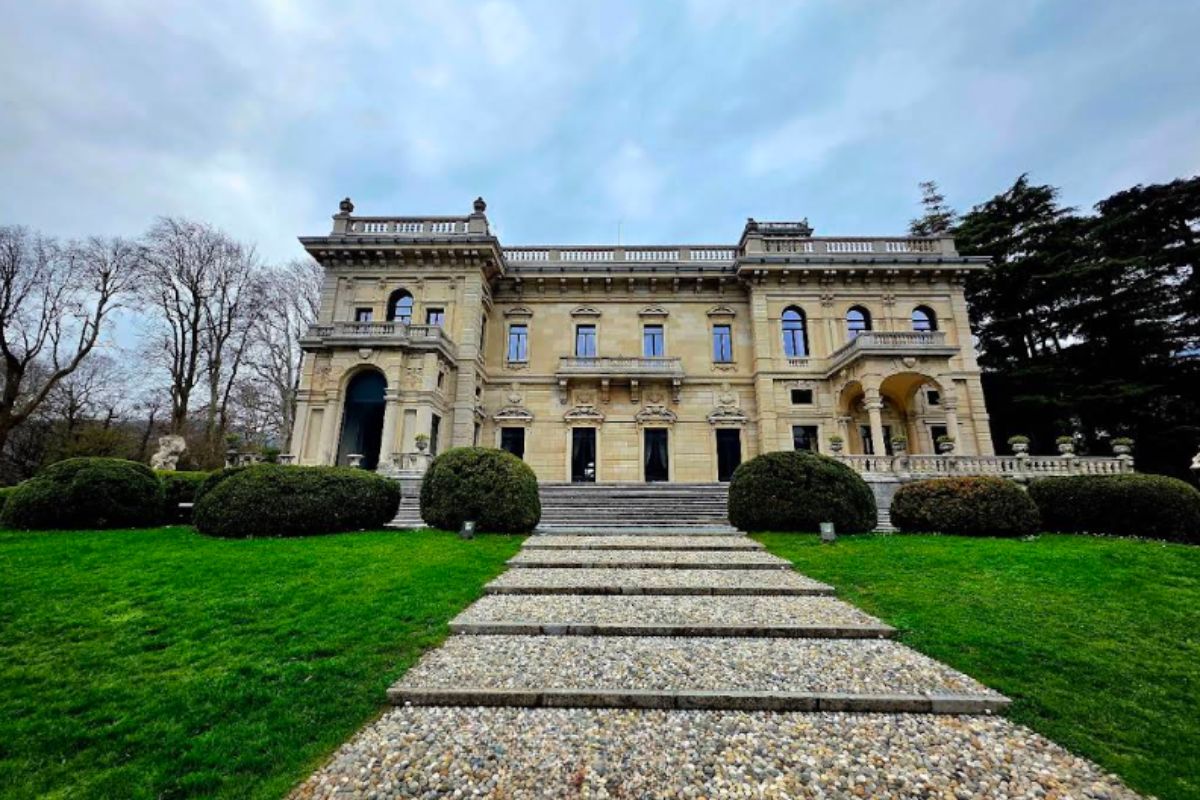
Culinary Delights and Local Tastes
Lake Como’s food scene is just as magnificent as its scenic views. During my boat journeys between villas, I discovered that stopping for local specialties turned out to be the highlights of my trip.
Savoring Gelato at Charming Gelaterias
Nothing beats the simple pleasure of enjoying creamy gelato while gazing at Lake Como’s blue waters.
I found the best gelateria in Bellagio’s narrow cobblestone streets, where locally-made pistachio and stracciatella flavors became my daily ritual.
These artisanal gelaterias pride themselves on using only fresh, seasonal ingredients. Many offer unique lake-inspired flavors you won’t find elsewhere.
During afternoon breaks between villa visits, I noticed both locals and tourists gathering at these spots. The gelato is served with a small spoon and sometimes a crisp wafer – perfect for savoring slowly as you stroll along the waterfront promenades.
Discovering Italian Wines and Local Ingredients
The Lake Como region boasts incredible wines and fresh ingredients that make every meal memorable.
I tasted Lombardy specialties at a charming old mill, where local cheeses like Taleggio paired perfectly with regional whites.
My favorite culinary experience was a lakeside lunch featuring:
- Missoltini (sun-dried lake fish)
- Risotto with perch
- Fresh-made pasta with walnut sauce
The area’s microclimate creates excellent conditions for olive oil production. Many restaurants offer oil tastings alongside wine from nearby vineyards.
I discovered that boat tours often include food experiences, with some culminating in traditional lunches featuring these local delicacies. These meals provided the perfect chance to rest between explorations while experiencing authentic Como flavors.
Historic Villages and Charming Towns
Lake Como’s shoreline is dotted with picturesque settlements that showcase centuries of Italian history and culture. Each village offers a unique glimpse into the region’s past while providing stunning views of the lake’s azure waters.
The Splendor of Bellagio
Bellagio truly lives up to its nickname as the “Pearl of Lake Como.” I wandered through its narrow cobblestone streets lined with colorful buildings and boutique shops selling silk scarves and local crafts.
The village sits at the junction where Lake Como splits into two branches, giving it panoramic views from almost every angle. I found the historic city center particularly charming with its steep stone staircases adorned with flowers.
Villa Melzi’s gardens were my favorite spot in Bellagio. The meticulously maintained botanical paradise showcases exotic plants and classical statues along the waterfront.
Don’t miss grabbing an espresso at one of the lakeside cafés while watching the ferries come and go. The best views are from the tip of the promontory near the ferry dock.
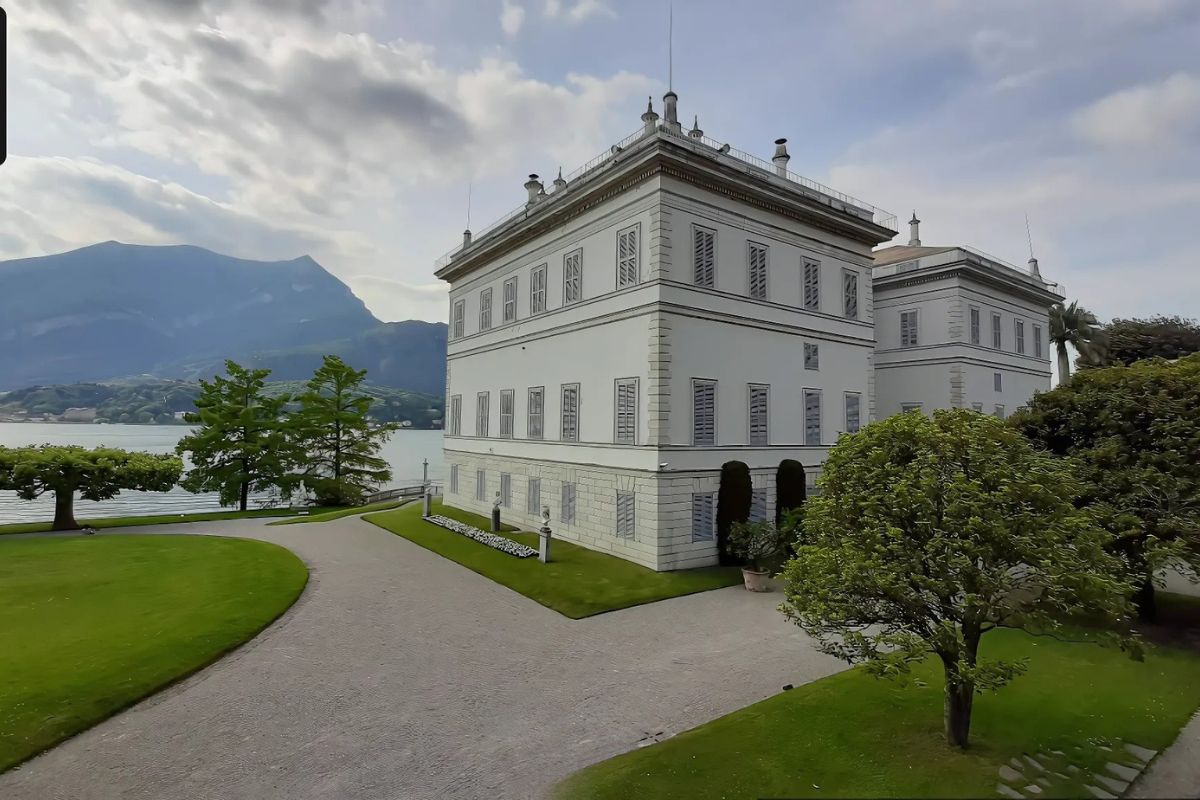
Varenna: A Step Back in Time
Just a short boat ride from Bellagio, Varenna captivated me with its authenticity and laid-back atmosphere. This fishing village feels less touristy than other Lake Como towns, making it perfect for experiencing local life.
The waterfront promenade called “Passeggiata degli Innamorati” (Lovers’ Walk) offers stunning views as it hugs the shoreline. I spent a peaceful afternoon here watching boats bob in the harbor while the mountains created a dramatic backdrop.
Varenna’s historic city center features medieval architecture and narrow lanes that wind uphill from the lake. Villa Monastero, with its botanical garden spanning nearly a mile along the shore, showcases Mediterranean and tropical plants.
The 14th-century Church of San Giorgio is worth visiting for its hilltop location and beautiful frescoes. I recommend arriving in Varenna early morning to enjoy its quiet charm before day-trippers arrive.
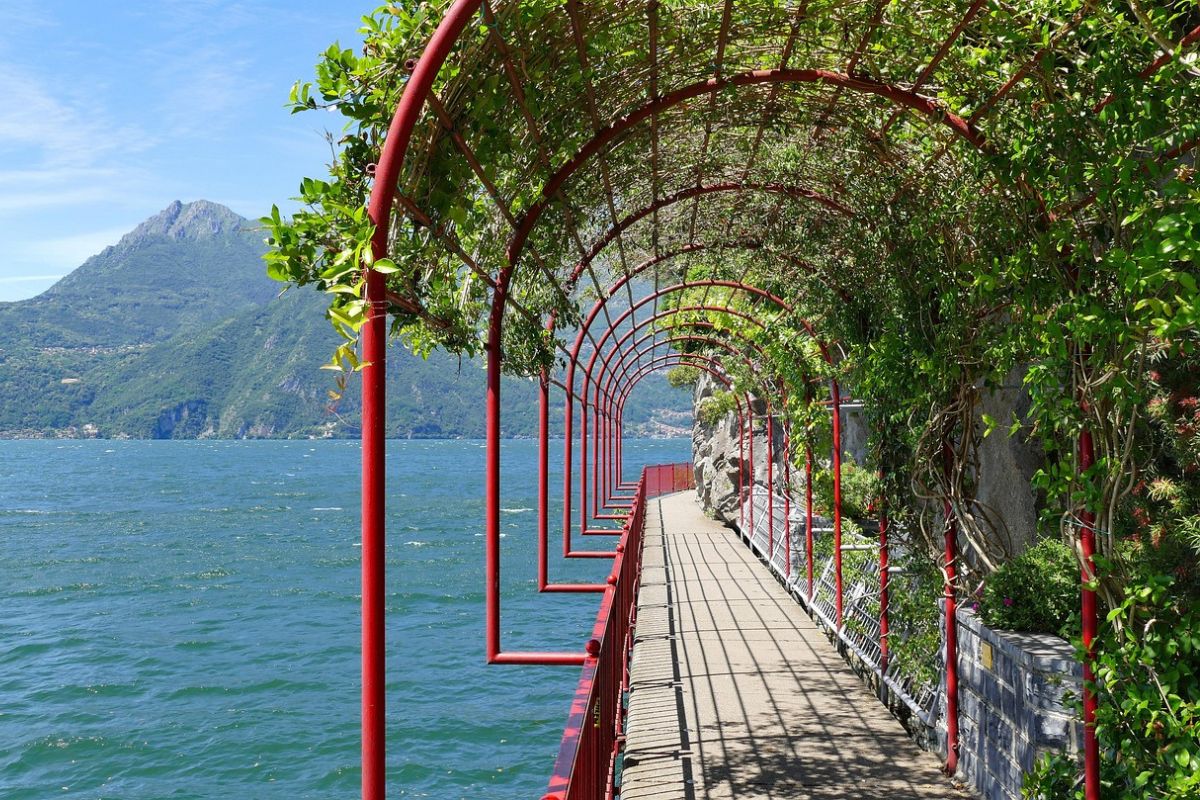
Experience Enriching Local Culture
Lake Como offers more than just scenic views. The region brims with cultural experiences that showcase the rich heritage of northern Italy and provide insights into local traditions that have shaped this picturesque area for centuries.
Traditions and Heritage in Lombardy
When I explored Lake Como’s villages, I discovered that Lombardy’s traditions run deep here. The region’s cultural identity comes alive through seasonal festivals that happen year-round in lakeside communities.
In small villages like Bellagio and Varenna, I watched artisans practice traditional crafts that have been passed down through generations.
Silk production, once the economic backbone of Como, remains an important cultural heritage. Many boutiques sell locally-made silk products that make perfect souvenirs.
The local cuisine also tells stories of Lombardy’s past. I recommend trying risotto with perch, a dish that perfectly combines the region’s agricultural traditions with the lake’s bounties.
Food festivals throughout the year celebrate these culinary traditions.
Arts and Museums Galore
The artistic heritage around Lake Como surprised me with its richness and variety. The area has inspired creative minds for centuries. Leonardo da Vinci visited and studied the region.
Como City houses several noteworthy museums. My favorite is the Museo Didattico della Seta, which chronicles the area’s silk-making history through interactive exhibits. The Archaeological Museum offers fascinating insights into the region’s ancient past.
Art galleries dot the lakeside towns, showcasing both contemporary works and historical pieces. Though not on Lake Como, Milan’s magnificent Galleria Vittorio Emanuele is just an hour away by train. I made a side trip there to marvel at its stunning architecture and high-end shops.
Many villas around the lake double as art museums, displaying collections that range from Renaissance masterpieces to contemporary installations.

